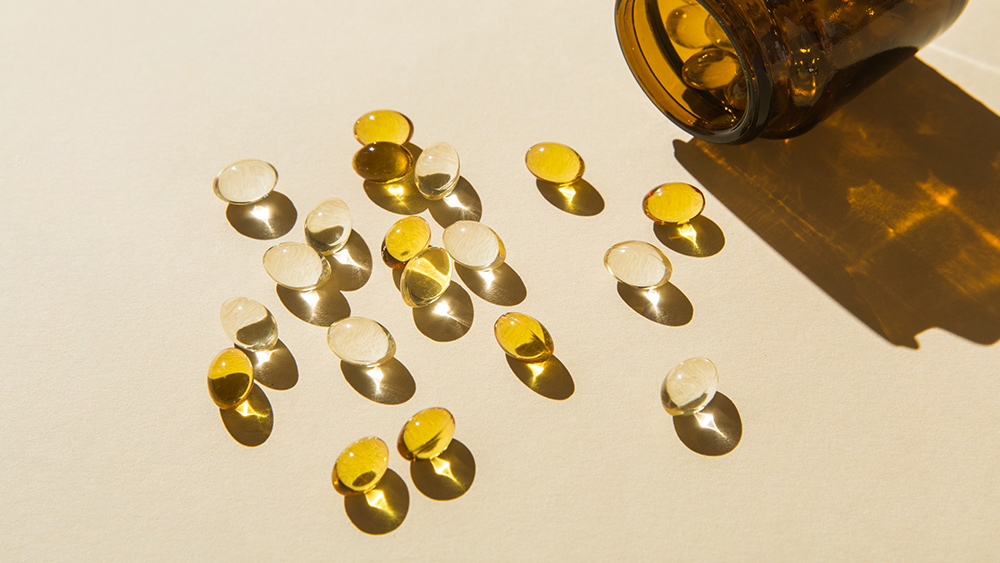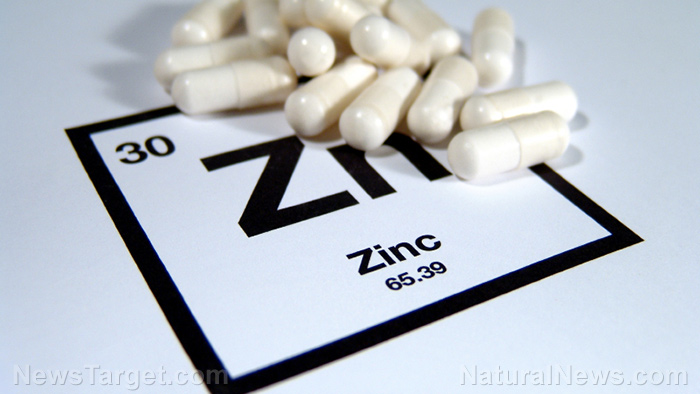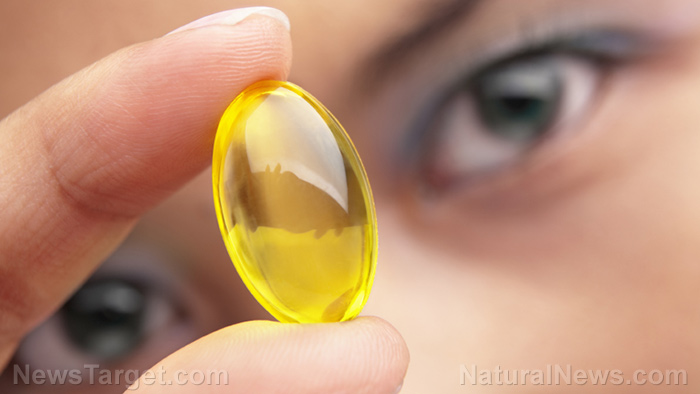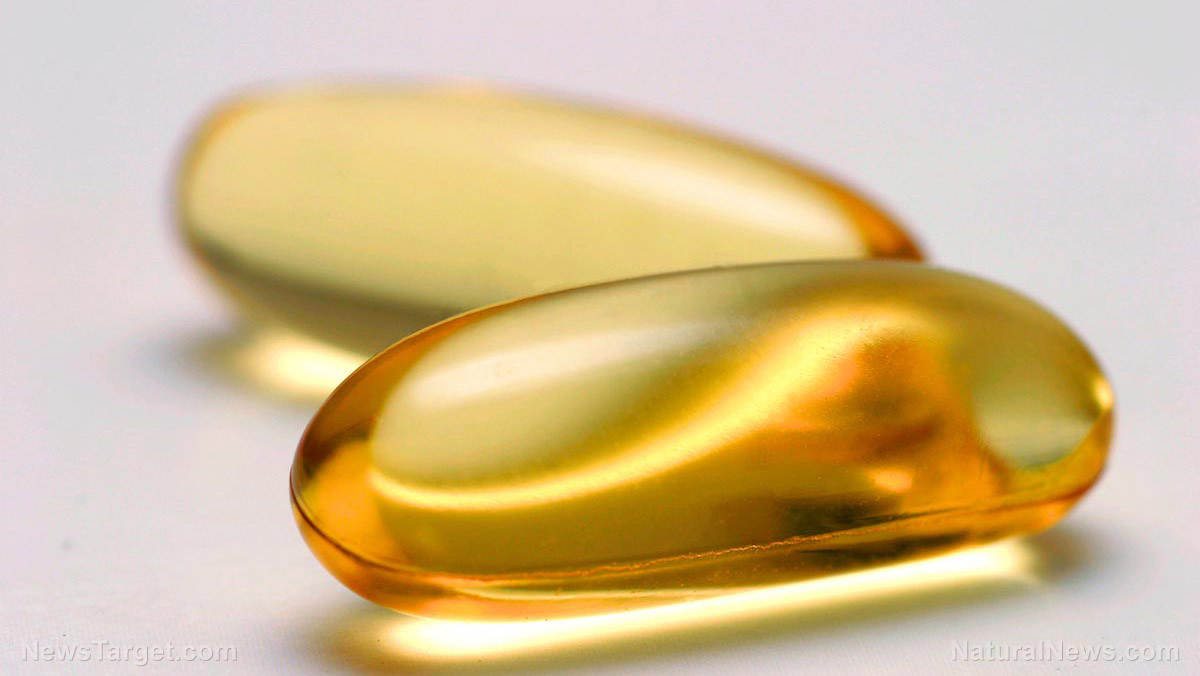30 Seconds of morning SUNLIGHT can help prevent cancer
12/01/2022 / By Olivia Cook

Going out and basking in morning sunlight for at least half a minute can help prevent cancer, according to a British physician.
Oncologist Dr. Mohammad Muneeb Khan of Castle Hill Hospital in Cottingham explained that the near-infrared (NIR) sunlight in the morning triggers the body to release a flood of melatonin. Twice as potent as vitamin E, the natural antioxidant melatonin “seeks out and destroys” cancer-causing free radicals and toxins. Melatonin also stops gene mutations responsible for cancers in their tracks.
Khan added that even just half a minute’s exposure to NIR light between sunrise and 9:00 a.m. offers a higher level of protection for adults and children than eating 2,500 bananas or a kilogram of Brazil nuts per day. Recent studies in NIR light are so “compelling” that Khan is now urging people to take an early morning stroll, or to just simply stand outdoors, as part of their everyday routine. (Related: Breast cancer breakthrough: Vitamin D in combination with sun exposure is key to prevention.)
Invisible to the human eye, NIR light is at its most effective at dawn. Its beneficial effect gradually wanes throughout the day as the body becomes less responsive to it, Khan said.
The oncologist clarified that while exposure to NIR light at any other time of day still prompts melatonin production, the amount produced is not enough to adequately repair and protect cells. NIR light absorption during overcast or rainy days is also still possible, but Khan recommended a longer period outdoors under those conditions – preferably a maximum of 30 to 45 minutes.
The body’s built-in detoxification system can fail or lose effectiveness, especially with age. This could lead to an accumulation of damaged cells that develop into cancer. Thus, the oncologist’s recommendations for daily NIR exposure is of much benefit.
“If research bears out the initial findings about mass melatonin production – which is highly compelling with the potential to reduce the cancer risk rate by five times, from one-in-two to one-in-10, equating to an 80 percent reduction – then we should all make time every morning to bathe in the healing light of the sun,” remarked Khan, who is also the founder of the British charity Killing Cancer Kindly.
Melatonin not just a sleep hormone
Khan’s comments also served to debunk earlier perceptions of melatonin, originally known as the sleep hormone. Until recently, scientists believed that this hormone was produced by the brain’s pineal gland every night.
However, a 2016 study published in the International Journal of Molecular Sciences (IJMS) found that around 95 percent of the body’s melatonin is produced by mitochondria.
Researchers from the University of Texas‘ Health Science Center wrote in the IJMS paper that these mitochondria, known as the powerhouse of cells, are particularly sensitive to NIR light. Exposing them to NIR light subsequently boosted melatonin production.
However, the melatonin produced by the mitochondria solely functions as a “seek and destroy” antioxidant hormone targeting cancer cells and free radicals.
According to Khan, early morning sunlight rich in NIR light must hit a specific part of the retina at the back of the eye. This part of the eye containing light-sensitive neurons then transmit a signal, which passes through the brain, toward the mitochondria. This subsequently triggers the production of cancer-fighting mitochondrial melatonin.
PreventCancer.news has more stories about the positive effects of NIR light in preventing cancer.
Watch the Health Ranger Mike Adams explain the truth about sunlight, cancer and vitamin D below.
This video is from the Health Ranger Report channel on Brighteon.com.
More related stories:
Every person needs sunlight exposure to get vitamin D, obesity impairs vitamin D absorption.
Want to reduce your Type-II diabetes risk? Get some sunshine and up your vitamin D intake.
Frequent exposure to sunshine lowers rheumatoid arthritis risk.
Sources include:
Submit a correction >>
Tagged Under:
anticancer, Cancer Cells, cell mutations, Free radicals, melatonin, mitochondria, mitochondrial melatonin, Mohammad Muneeb Khan, morning sunlight, near-infrared light, pineal melatonin, sun exposure, sunlight
This article may contain statements that reflect the opinion of the author
RECENT NEWS & ARTICLES
COPYRIGHT © 2017 VITAMIN D NEWS
















